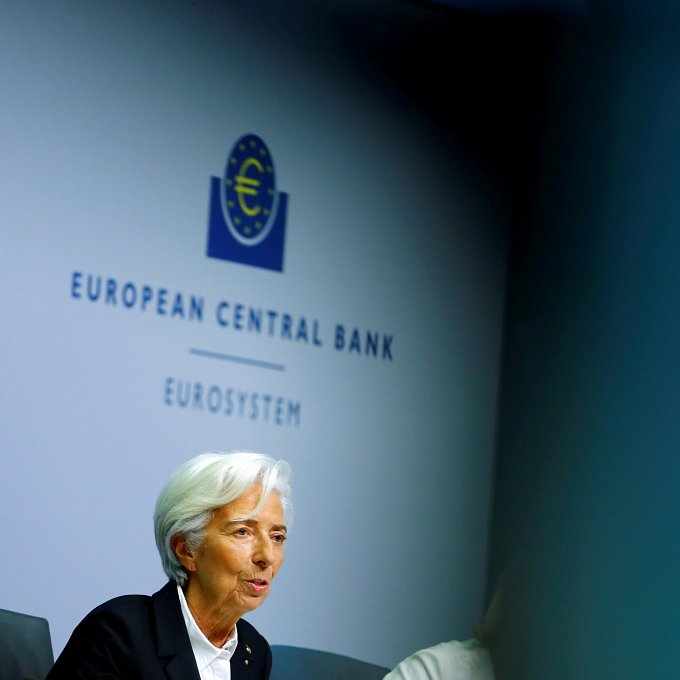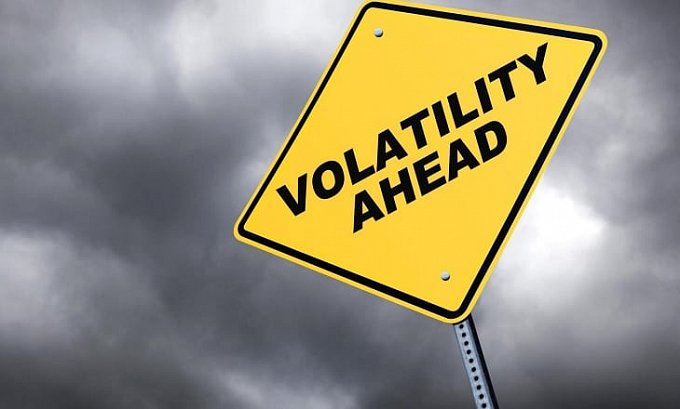Out of the U.S, it was a busy week on the economic data front. Key stats in the week included consumer confidence, private sector PMIs, the weekly jobless claims, and June’s nonfarm payrolls. The weekly jobless claims were disappointing, however, rising by 1.472m following a 1.482m jump in the previous week.Following the release of the numbers, President Trump was quick to hold a press conference. The focus was on the jump in May and June nonfarm payrolls, consumer confidence, and spending. It was expected and Trump delivered, with the President talking of records and the gains in the U.S equity markets since his election.He also promised more for next year, as the administration looked to claw back some of Biden’s lead.
Out of the UK, the stats were skewed to the negative. Downward revisions to 1st quarter GDP and business investment figures had a muted impact on the Pound, however.In the 1st quarter, the UK economy contracted by 2.2%, revised down from 2.0%. The markets have moved on from the 1st quarter, with a slower pace of contraction in the private sector positive.The all-important services PMI jumped from 29.0 to 47.1, supported by the easing of lockdown measures.While Angela Merkel sounded the alarm bells over Brexit, there was little for the markets to fret about. Risk appetite through the week added to the upside in the Pound.In the week, the Pound rose by 1.19% to $1.2483, reversing a 0.11% fall in the previous week.
Out of the Eurozone, both the manufacturing sector and service sector PMIs bounced in June, providing the EUR with support. France’s private sector led the way, with both manufacturing and service sector activity expanding. For the week, the EUR rose by 0.26% to $1.1248, following a 0.37% gain from the previous week.
It’s a relatively busy week ahead, while economic data will influence, the latest COVID-19 numbers and rising tension between the U.S and China will likely drive the markets.






